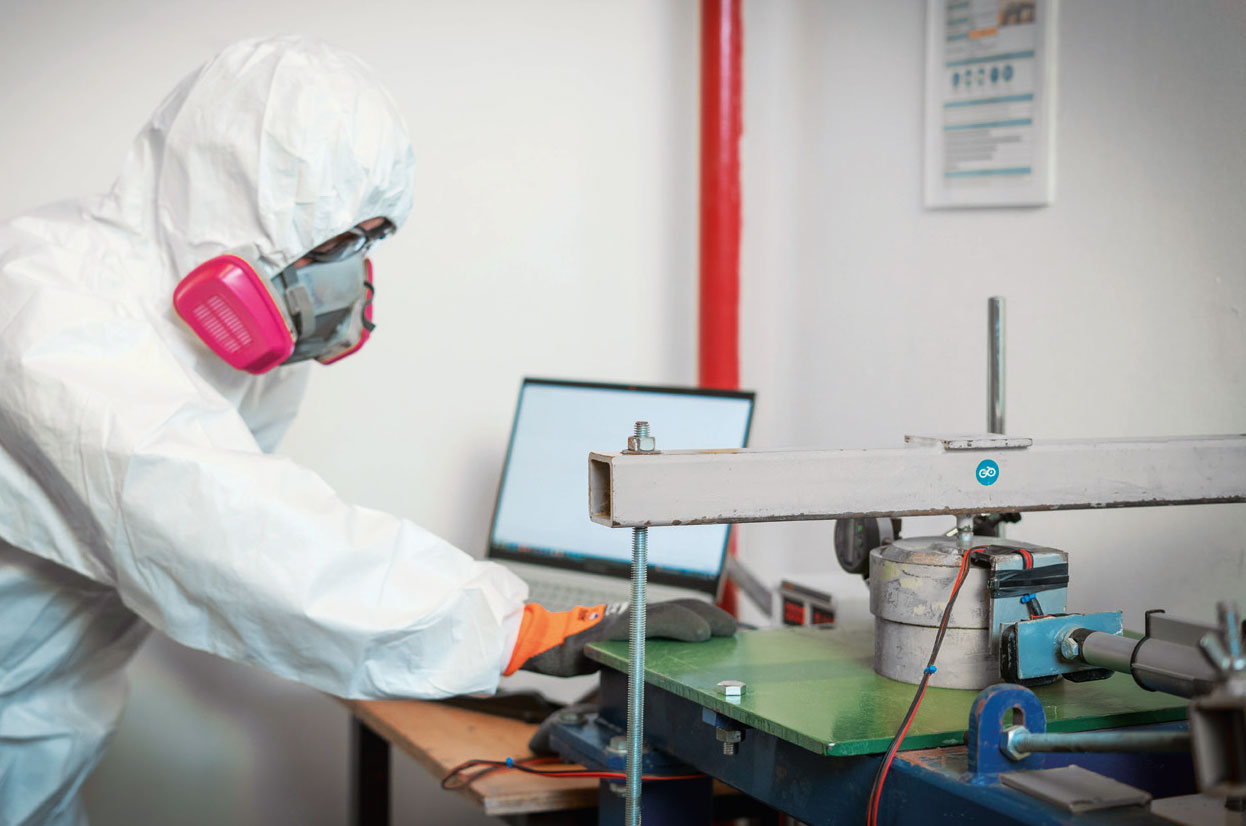Syntec strengthens its service offering with new Experimental Studies Division
The specialized engineering company seeks to respond to the growing demand for these studies that allow the correct calibration of simulations.

The main objective of the new Experimental Studies Division of the engineering company Syntec is to support the decision making process of companies in the productive industry, especially those involving high investment amounts.
The firm, which has developed more than 850 projects in 12 countries, seeks to diversify its portfolio of services and respond to the growing demand for this type of studies that considerably increase the accuracy of its advisory services.
Based on the studies and tools that Syntec has – including the experimental part – the client can make a good decision, with reduced risk,” says Mario Neira, Director of Studies and Specialized Engineering at Syntec.
New client needs
He explains that a couple of years ago the idea of implementing this area arose to meet the new needs of the extractive and production industry. “A very important aspect to perform reliable simulations is to make sure that what is represented on the computer corresponds to the real behavior of the material,” says Neira.
“That is why we have a modern laboratory that measures all the material properties that are necessary to ensure a highly reliable simulation,” he adds.
Syntec detected in its customers the need for experimental studies to obtain important data that can serve as input in the development of more in-depth studies, or as validation of studies based on computing methods.
And since innovation is in the company’s DNA, another great motivation for opening this new division was to have a space equipped to develop products in the future.

Materials Handling
Juan Ignacio Osses, Syntec’s Research and Development Manager, reveals that the new facility has equipment to carry out studies and characterization of granular materials, such as: cohesion-consolidation, friction-adhesion with coatings, apparent density, granulometry, saturation humidity, angle of repose, angle of discharge and angle of overload.
“At certain stages of mining processes, these materials that are relatively dry (with low humidities compared to a slurry) start to have cohesive behaviors and problems generally occur in the transfer line between conveyor belts,” he warns.
He points out that the company is also developing a methodology for estimating the wear of coatings for dry and wet elements. “Also, the upgrade of an automatic equipment for calibrations, which will allow us to automate and reduce Syntec’s response times, is in the detail engineering phase,” he announces.
Standard and Ad-hoc studies
Osses says that “we carry out tests governed by ASTM standards D6128, D6683, D2216, D854, D6913; and ad-hoc tests, which may require the design and manufacture of devices for new tests”.
“There are some relatively simple ones, to obtain moisture, apparent and particle densities. And others that allow us to directly obtain the cohesion forces inside the granular material, such as the direct shear test,” he says.
He says that there are currently few materials handling laboratories in Chile that carry out these studies. “Together with our highly qualified team, we have already served major mining companies and engineering firms,” he adds.
Safety is a priority
Paulina Orellana, Syntec’s Risk Prevention Advisor, says that the hazards associated with each of the tasks performed in the Experimental Studies Division were identified based on the Preventive Safety Program for Machinery, Equipment and Power Tools (PROSEMEH), in force since January of this year.
“We are held to the highest standards so that all instruments are operated correctly, thus minimizing risks and ensuring that workers are safe,” she says.
